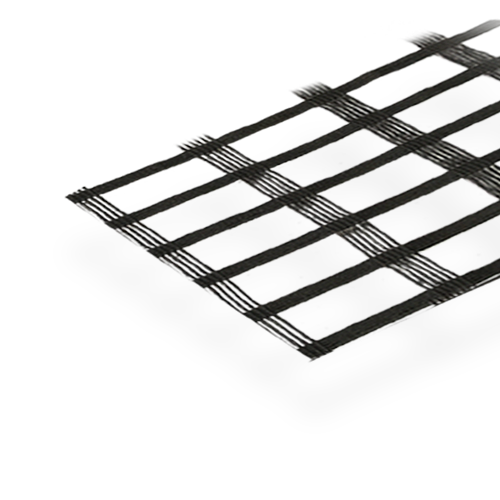Macraes Mine Bridge Abutment – DuraMesh®
Project Details
Contractor
Client
Engineer
Location
Cirtex Regional Contact
Project Information
The Macraes Operation in eastern Otago is New Zealand’s largest active gold producing mine, having produced over five million ounces of gold since 1990. To give temporary access to a new area within the mine, OceanaGold required the re-routing of a local road which included building a bridge. Owing to the temporary nature of the access road, OceanaGold requested a 25-year maximum design life for the bridge, which could then be completely removed, meaning no residual, solid obstructions, such as concrete or steel piles left in the ground, for ease of progressing mining operations in this location if desired.
GHD contacted Cirtex’s technical department regarding possible construction methods of the bridge abutments.
DESIGN
Traditionally, bridge designs are predominantly underpinned by concrete or steel piles. Designing this unique bridge required investigating alternative methods for construction other than a piled bridge. The solution involved “true” Mechanically Stabilised Earth (MSE) abutments utilising StrataGrid high tenacity PET reinforcement spaced at 300mm intervals, extending 12m within the soil mass, which enabled the bridge section to be supported directly on top of the MSE mass without piles.
DuraMesh 90° galvanised, 2.4 m x 600 mm steel baskets, would act as a construction aid and facing system for the StrataGrid uniaxial to be wrapped up against, completing the wrapped MSE design methodology. By placing and clipping these baskets along the wall, DuraMesh becomes a very swift and efficient way to build layer upon layer of reinforced soil, while maintaining a straight and true face.
StrataGrid geogrid reinforcement with engineered fill allows for greater disbursement of strain between layers and reduces the chance of overstress in a single layer or connection as can happen with stiffer, metallic reinforcement.
INSTALLATION
The baskets were set back 60mm each lift to achieve the correct overall 85-degree face angle required to align the load bearing abutments with the impending structure to be placed directly on top. The bridge was directly supported by the reinforced soil mass with a bridge seat.
Loadings were significant with unfactored dead loads of 500 kN per metre and unfactored live loads of 300 kN per metre. A key criterion of the design was limiting deformations both during construction and once completed. Subsequent in-service deformations were minimal which further confirms the suitability of this technology.
The result – the abutments and the bridge were constructed safely, on time and on budget.
The completion of this project proved that this construction format can be adopted safely in New Zealand’s highly seismic environment. For the client, the abutments where the perfect solution, as the bridge can be deconstructed in just a few weeks without leaving any material in the ground. This not only saves time and environmental impact on the site, but it also resulted in cost savings for the client.
At 10 metres high, with a span of 25 metres, this bridge is one of the highest examples of its kind in New Zealand. OceanaGold now has the option to remove the whole bridge efficiently and quickly, with minimal disruption to mining operations at any time. The site could be easily restored to a green space in the future.
The DuraMesh system provided the following features and benefits:
- Speed of construction
- Lower cost
- Better performance in areas where settlement can occur as compared with piled bridge design, as the elements can move and settle together
- Enables the use of site won materials
- Reduced CO2 emitting materials used, such as concrete piles






